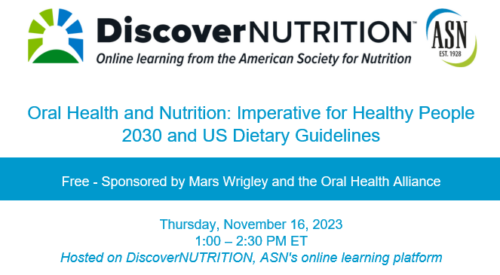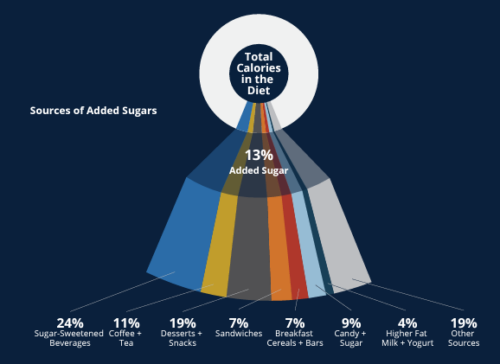What’s up with WIC: enrollment low and declining
USDA sent out a news release about the current funding status of WIC, the Special Supplemental Nutrition Program for Women, Infants, and Children (WIC).
More than 6.7 million women, infants, and children participate in WIC — the program serves just under half of all infants born in the U.S.
Unless Congress acts to fund the program, things could get worse.
A new report from the U.S. Department of Agriculture’s (USDA), Food and Nutrition Service (FNS), provides estimates of people eligible for WIC benefits nationally, by state, by race and ethnicity, and, for the first time in this series of reports, by urbanicity.
Evidence shows that WIC participation results in better pregnancy outcomes, including fewer infant deaths, premature births, and low birthweight infants and the program has been shown to reduce health care costs and increase preventative care and immunization rates among children.
The USDA says WIC is Vital – but Vastly Underutilized, Research Finds
The just released study reports that an average of 12.13 million moms, babies, and young children were eligible for WIC in 2021. However, only 51%, or 6.21 million, of those who were eligible actually participated…A failure to fully fund WIC this fiscal year means some states would likely need to put eligible families on waiting lists.
Comment
WIC differs from SNAP in three important ways.
- WIC is not an entitlement; participation can only go as high as the funding permts. Women can be eligible, but not get benefits if the money runs out.
- WIC charge cards allow purchase only of WIC-eligible foods.
- Congress required WIC to be evaluated for its effects on child health.
For a long time, the funding only covered about half of women and children eligible for WIC. That changed about 25 years ago when Congress decided—on the basis of evidence produced by evaluations—to provide enough funding to cover everyone who was eligible. Enrollments rose.
This report documents problems with enrollments in the program; enrollment is low and declining, especially among groups who need the benefits the most.
Any number of reasons could account for the underuse and decline:
- Difficulties dealing with bureaucracy
- Immigrant concerns about status vulnerability
- Lack of transportation
- Not speaking English
- Stigma
- Not knowing about eligibility
- Lack of outreach
Yes, Congress should fund WIC at a 100% level. It’s demonstrably one of the best programs going.
USDA should be doing all it can to address that list of barriers—all of them.
The reports




